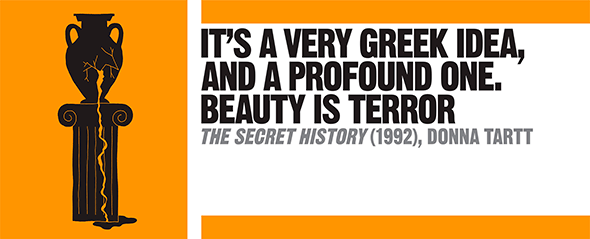The Literature Book (Big Ideas Simply Explained) (2016)


IN CONTEXT
FOCUS
The campus novel
BEFORE
1951 US writer Mary McCarthy’s The Groves of Academe is published. It is considered one of the first academic or “campus” novels.
1954 The influential book Lucky Jim, by English writer Kingsley Amis, develops the campus genre further through a plot that follows a young history lecturer making his way in a post-war world.
1990 The Booker Prize-winning novel Possession: A Romance, by English novelist A S Byatt, details a postmodern historical mystery set in an academic world.
AFTER
2000 The Human Stain by US writer Philip Roth follows the complex life story of a retired classics professor and the shifting world of US academia.
When US author Donna Tartt (1963-) published her novel The Secret History, it was recognized as a striking addition to the campus-novel genre, which it both borrows from and extends. Academic novels developed in the 1950s, when the concerns of post-war society were linked with the literary and cultural debates taking place on Western campuses. These novels, set within the confined space of a university, often satirize academic life and the pretentiouness of scholars.
The allure of civilization
The Secret History follows a group of six Classics students at an elite New England university. Using this setting to focus on various literary and cultural debates, Tartt expands on her 1950s predecessors’ use of a university environment to question the role of literature, identity, and the genre itself.
Tartt’s novel is an anti-detective story that complicates the 19th- century detective genre. The book opens with a murder-mystery plot, but it is the motive, not the identity of the perpetrator, that mystifies the reader and is gradually revealed as the plot unfolds. Tartt uses the premise of a hidden murder among the six students to explore wider ideas. Borrowing from Greek tragedy, she compels her reader to question whether the “tragic flaw” in character, a feature of that genre, does indeed exist. She explores this question through the plot to interrogate how and why we use the literary past in the present.
A philosophical murder
For Tartt’s student characters, the literary is all too real: it is taken to an explicitly literal extreme in the form of a murder that pays homage to the philosophical idea that “Death is the mother of beauty”, as one student, Henry, declares. Whether the murder is indeed to be interpreted as a playful and self-conscious literary device that draws from academic theory, or perhaps as a critique of theory itself, is something that Tartt leaves for her reader to decide.
See also: Oedipus the King ✵ Disgrace